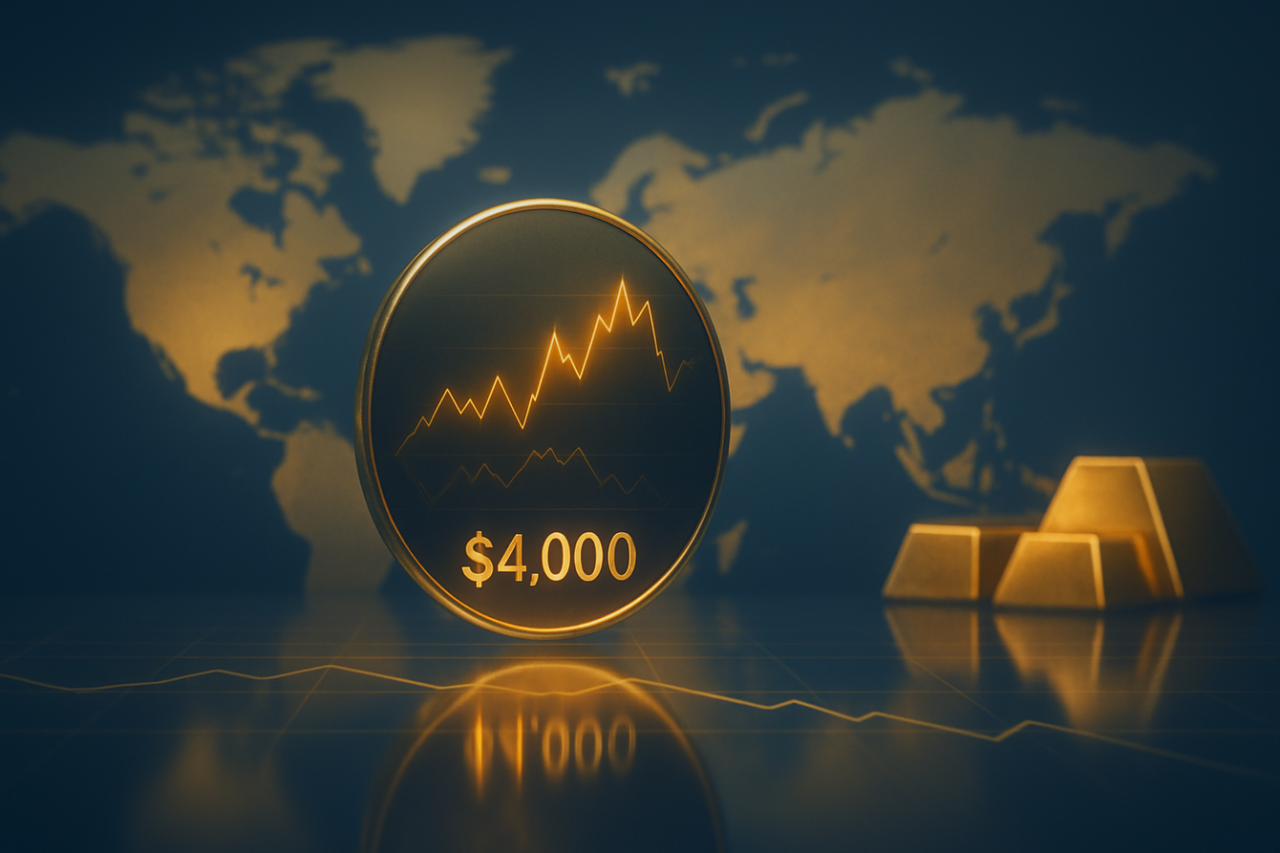Is gold in a bubble or breaking out? Jim O’Neill sees a case for both

The gold market is balancing on a razor’s edge around $4,000 an ounce, and one famed British economist sees good arguments for both higher and lower prices.
Although gold prices have dropped sharply from last month’s record highs above $4,360 an ounce, sentiment in the marketplace remains fairly bullish. Many analysts have described the pullback as a healthy correction within a broader long-term uptrend.
However, Jim O’Neill, former UK Treasury minister and former chairman of Goldman Sachs Asset Management, said in a commentary for Project Syndicate that he can make both a bullish and bearish case for gold. He added that gold’s unprecedented rally from August to October has the appearance of a bubble.
Investment demand—particularly among smaller retail investors—has been a key driver in gold’s recent parabolic move. O’Neill said that one of the key characteristics of a bubble is momentum feeding on itself.
“Once FOMO (‘fear of missing out’) sets in, even marginal or irrelevant developments can add to the excitement. The question, then, is whether these justifications can withstand scrutiny,” he wrote.
He noted that traditionally, gold is seen as a hedge against inflation, and while inflation remains stubbornly elevated, it has not accelerated. Despite the current government shutdown, last month the Bureau of Labor Statistics released its Consumer Price Index for September, which showed annual headline and core inflation at 3%, above the Federal Reserve’s 2% target.
O’Neill noted that this environment might not justify gold’s record run.
“Given that much of the price acceleration occurred after the US dollar had already registered its 2025 decline, and after US bond yields had fallen noticeably as the outlook for US inflation and inflation expectations improved, I can see why some commentators have declared it a bubble,” he said.
However, looking at the bull case, O’Neill noted that gold has become an attractive alternative currency asset as nations diversify away from the U.S. dollar.
“I certainly understand why large holders of conventional foreign-exchange reserves—not least China and Russia—have made a strategic decision to allocate more to gold. I also understand why they would encourage other members of the BRICS grouping of major emerging economies to do the same. They have made no secret of their intention to create an alternative to the dollar-based international monetary system,” he said.
It was O’Neill who originally coined the term BRICS, which stands for Brazil, Russia, India, and China. These nations have been challenging the U.S. dollar’s role as the world’s reserve currency. The economic group has since expanded to include South Africa, Saudi Arabia, Egypt, the United Arab Emirates, Ethiopia, Indonesia, and Iran.
While gold has reestablished itself as an important global monetary asset, O’Neill said that the one factor determining gold’s future remains its link to inflation and interest rates.
“In today’s context, if markets believe that central banks will ease notably more—or at least will not tighten further—despite underlying inflation not improving, a stronger gold price is consistent with the historical pattern,” he said in his commentary.
“I have no idea whether the bearish or bullish case will win out, especially for the next 5–10% move, and neither does anyone else. But I will certainly be watching closely—and keeping an open mind about what I see,” he concluded.
Gold has struggled in recent sessions after Federal Reserve Chair Jerome Powell said that a December rate cut is not a sure thing. Despite Powell’s hawkish comments, the CME FedWatch Tool shows that markets see a 71% chance of a rate cut next month.
Kitco News

